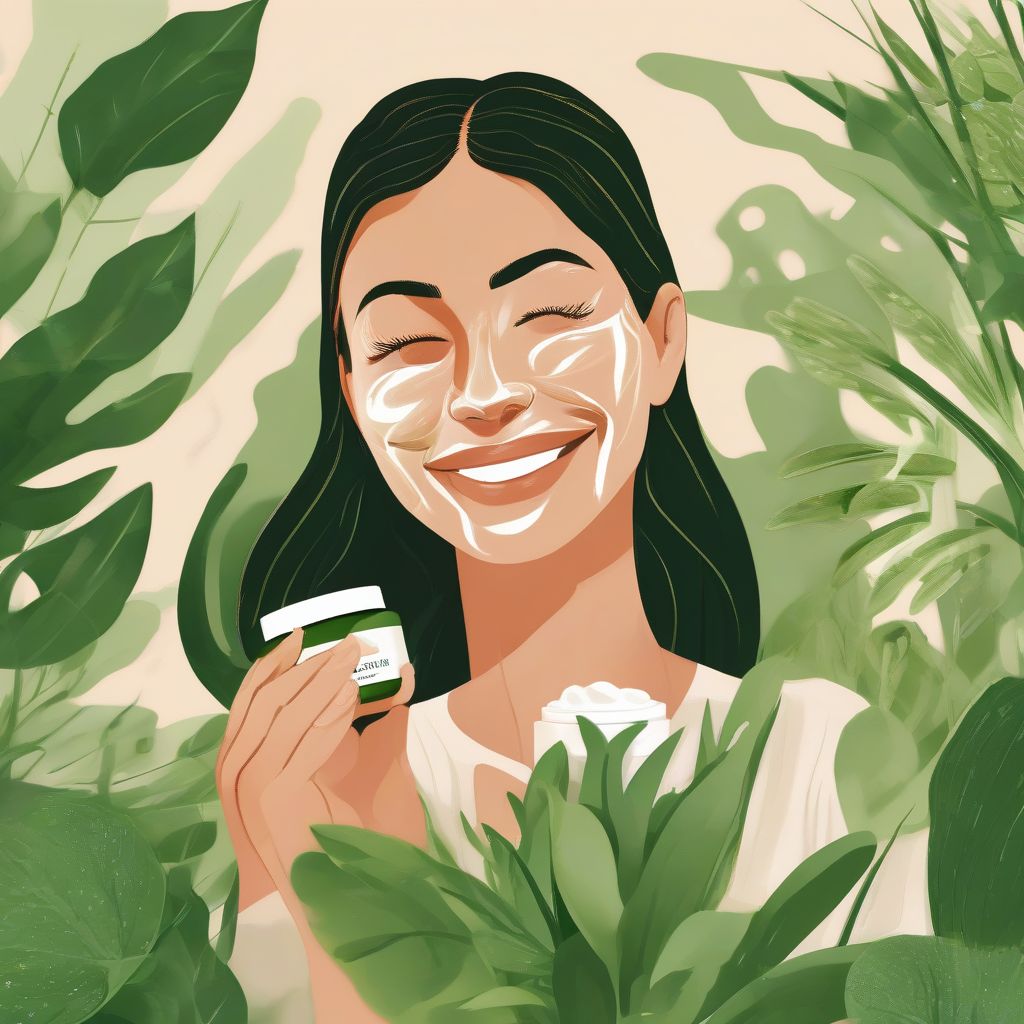Have you ever dreamt of a beauty routine that’s kind to your skin and the planet? Imagine indulging in luxurious creams, vibrant makeup, and luscious hair products knowing that no animals were harmed, and your environmental impact is minimized. That dream can be your reality! Finding truly cruelty-free and eco-friendly beauty brands might seem tricky, but it’s an exciting journey of discovery, and I’m here to guide you every step of the way.
Understanding the Labels: Cruelty-Free vs. Eco-Friendly
Before we dive into the search, let’s clarify the difference between “cruelty-free” and “eco-friendly” as they often go hand-in-hand but aren’t interchangeable:
Cruelty-free: A product is considered cruelty-free when neither the final product nor its ingredients have been tested on animals at any stage of production.
Eco-friendly: This broader term signifies that the product and its production processes are designed to minimize their impact on the environment. This can include using sustainable ingredients, reducing waste, and opting for recyclable packaging.
Your Guide to Finding Ethical Beauty Brands
Ready to revamp your beauty bag with conscious choices? Here’s a step-by-step guide to becoming a savvy ethical beauty consumer:
1. Look for Certifications and Logos
Genuine cruelty-free and eco-friendly brands are proud to be transparent. Look for these trusted certifications and logos on product packaging and websites:
- Leaping Bunny: The gold standard for cruelty-free products, signifying no animal testing at any stage.
- PETA’s Beauty Without Bunnies: Another reliable certification ensuring products are free from animal testing.
- COSMOS: Covers various levels of organic and natural content in cosmetics and guarantees sustainable production practices.
- EWG Verified: Products with this mark meet the Environmental Working Group’s strict standards for ingredient safety and transparency.
2. Research Brands and Their Values
Don’t just stop at logos. Take the time to visit brand websites and read their “About Us” sections. Look for:
- Clear statements: Do they explicitly state their commitment to being cruelty-free and eco-friendly?
- Ethical sourcing: Do they source ingredients sustainably and ethically?
- Packaging practices: What kind of packaging do they use? Are they making efforts to reduce plastic or use recycled materials?
3. Decode the Ingredient List
Become a label detective! Familiarize yourself with common harmful ingredients often found in conventional beauty products:
- Parabens (e.g., methylparaben, propylparaben): Preservatives linked to hormone disruption.
- Sulfates (e.g., sodium lauryl sulfate, sodium laureth sulfate): Can be harsh and strip the skin of its natural oils.
- Phthalates (e.g., dibutyl phthalate, diethyl phthalate): Used to make plastics more flexible, linked to health concerns.
Instead, look for products with natural, plant-based ingredients:
- Aloe vera: Soothing and hydrating for the skin.
- Shea butter: Deeply moisturizing and nourishing.
- Jojoba oil: Closely mimics the skin’s natural sebum, making it an excellent moisturizer for all skin types.
4. Support Ethical Beauty Retailers
Many retailers specialize in curating collections of cruelty-free and eco-friendly beauty brands:
- The Detox Market: A carefully curated selection of non-toxic beauty products that meet high standards.
- Credo Beauty: Known for its extensive range of clean and sustainable beauty brands.
- Follain: Features a wide array of natural and organic beauty products.
5. Be Mindful of Greenwashing
“Greenwashing” is when brands use misleading marketing to appear more environmentally friendly than they are. Be wary of vague claims like “natural” or “eco-conscious” without proper certifications or evidence.
6. Consider DIY Beauty
Creating your own beauty products can be fun and empowering! Many simple recipes for scrubs, masks, and hair treatments use natural ingredients you can find in your kitchen.
7. Reduce, Reuse, Recycle
- Choose products with minimal packaging: Opt for solid bars of soap, shampoo, and conditioner to reduce plastic waste.
- Reuse containers: Clean and repurpose glass jars or containers for storage.
- Recycle responsibly: Check with your local recycling program for guidelines on recycling beauty product packaging.
Small Changes, Big Impact
Transitioning to a cruelty-free and eco-friendly beauty routine is about making conscious choices that align with your values. Remember, every small step counts!
 Woman Applying Eco-Friendly Face Cream
Woman Applying Eco-Friendly Face Cream
[amazon bestseller=”cruelty-free-makeup”]
Your Journey to Ethical Beauty Starts Now
By following these tips, you can confidently navigate the world of beauty brands and create a routine that’s not only good for you but also for the planet. Remember, every purchase is a vote for the kind of world you want to see. Share your favorite cruelty-free and eco-friendly beauty discoveries in the comments below! Let’s inspire each other on this journey to a more beautiful and compassionate world.
